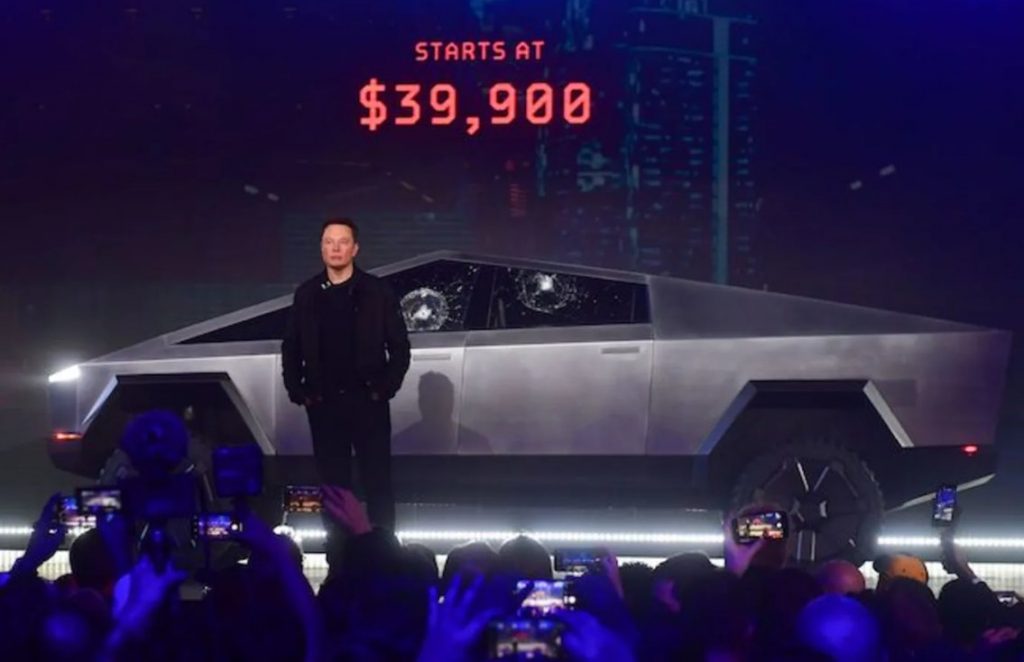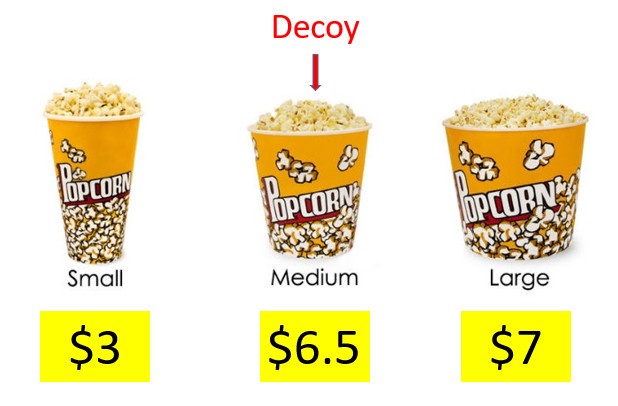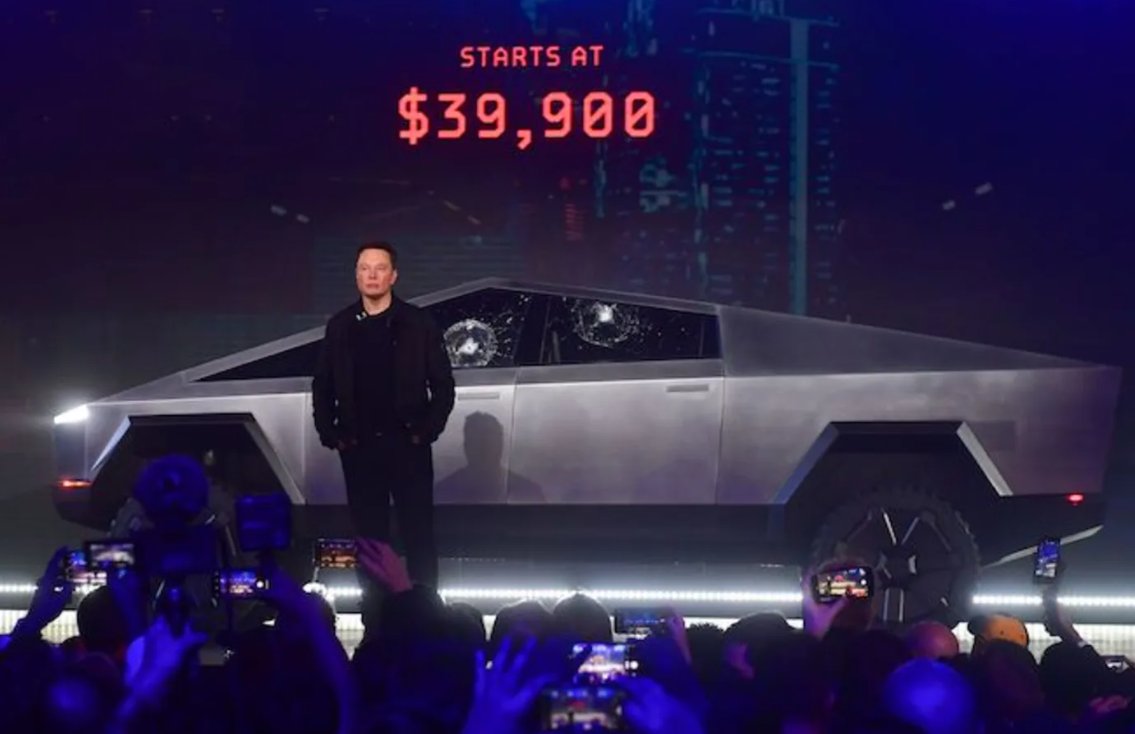Pricing psychology is a powerful tool in the hands of marketers, allowing them to influence customer’s buying decisions by playing on their psychological triggers. By using the right pricing strategies and tactics, marketers can convince customers to buy more, and even pay more for their products and services. Here are some of the most common pricing psychology strategies.
1. Odd pricing
Odd pricing is a pricing strategy where prices are set at a psychologically appealing number, usually ending in $0.99 or $9.99. This approach is popular because it helps customers to think they are getting a good deal, instead of focusing on the total amount they are paying.
This is a very common pricing phychology strategy, and is seen everywhere around us. Everything from coffees at your local Starbucks, to jewelry, to cars, often is priced in odd numbers. Seeing a price of $9.99 feels much cheaper than a full $10, and lots of businesses rely on this pricing strategy.

2. Anchoring
Anchoring is a technique where a product or service is compared to a higher-priced option, making the lower-priced option seem more appealing. This technique is used to make customers think they are getting a better deal.
This pricing psychology strategy is often used by high-end stores. The shopkeeper will often show an expensive product first up, and then move on to cheaper versions. This makes the subsequent versions feel a lot more reasonably priced in comparison, and can drive up sales.
3. Decoy pricing
Decoy pricing is a technique used by marketers to make customers focus on the product or service that is most profitable for the company. This is done by creating a decoy product or service, which is priced higher than the desired product, making it seem more attractive.
An example of the decoy pricing strategy is often seen in the coffee business. It’s quite common to see prices as follows: the small coffee is $4, the medium is $7, and the large is $8. Here, the medium is the decoy, and its primary purpose is to make the large feel like a better deal. Instead of paying $7 for a medium coffee, most people would pay $8 for the large, which helps the store drive up its sales.

4. Framing
Framing is a technique where marketers use language to influence customers’ perception of prices. For example, a product might be described as “affordable” or “value-priced”, instead of “cheap”. The framing pricing strategy can also be used in terms like “best value” which are used to describe the product that businesses most want to sell among a set of options.
5. Reframing
Reframing changes the frame of reference in which the price is mentioned. Instead of saying $30 per month, a service might describe itself as $1 per day. This makes the service feel more affordable, and helps drive up sales. This is a pricing strategy simply changes the way the price is expressed, but can help businesses make a lot more money.
6. Bundling
Bundling is when multiple products or services are offered at a discounted rate when purchased together. This approach is used to encourage customers to buy more, as they are getting a better deal when purchasing multiple items.
One of the most common examples of the bundling is the combining of Amazon Prime and Amazon Prime Video — users only pay for Amazon Prime, but also get a streaming service in the form of Amazon Prime Video for “free”, making the deal appear a lot more lucrative.
7. Free Trials
Offering free trials is a great way to get customers to try a product or service before they commit to buying it. This technique is used to increase customer loyalty, as customers are more likely to buy from a company that they have already used.
This psychological pricing technique is used in the confectionery and perfume industry — by liberally giving out free samples, these businesses are able to drum up sales.
These are just some of the most common pricing psychology strategies used by marketers. By using these strategies, marketers can influence customer’s buying decisions and increase their sales.
